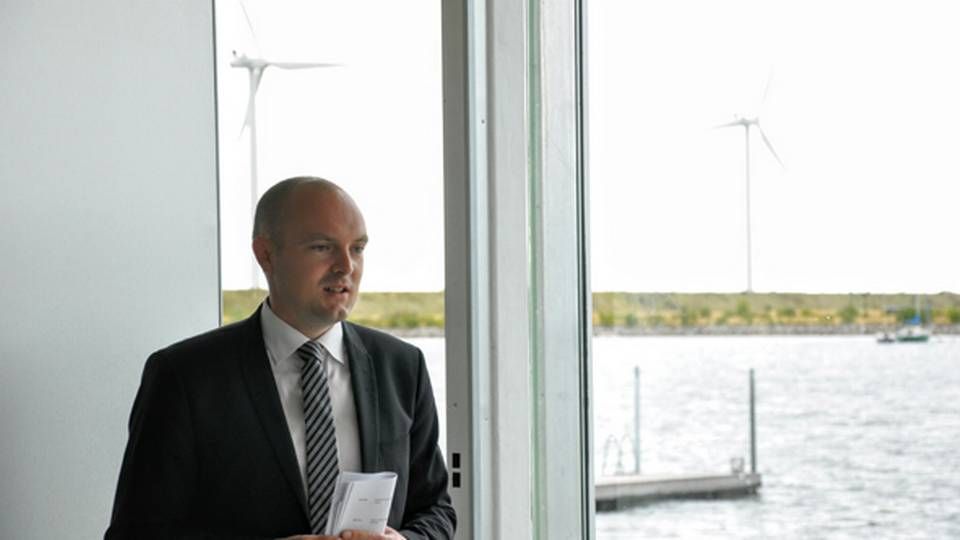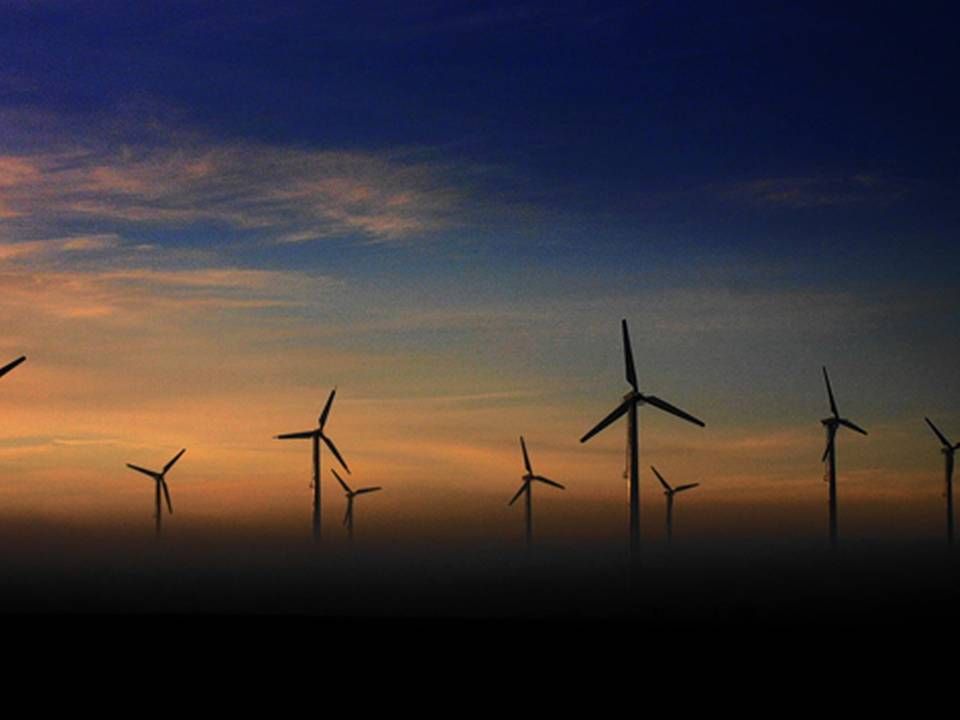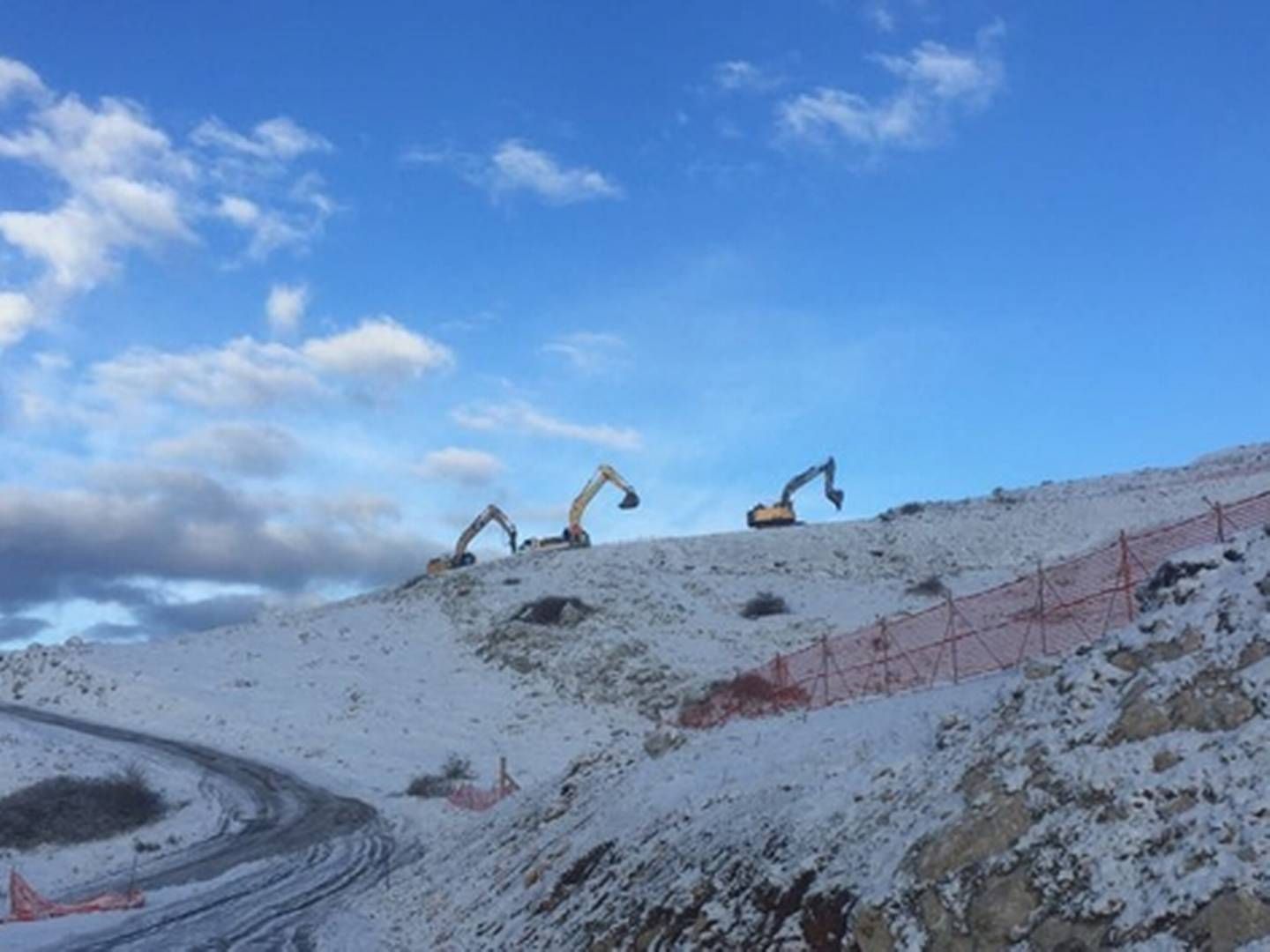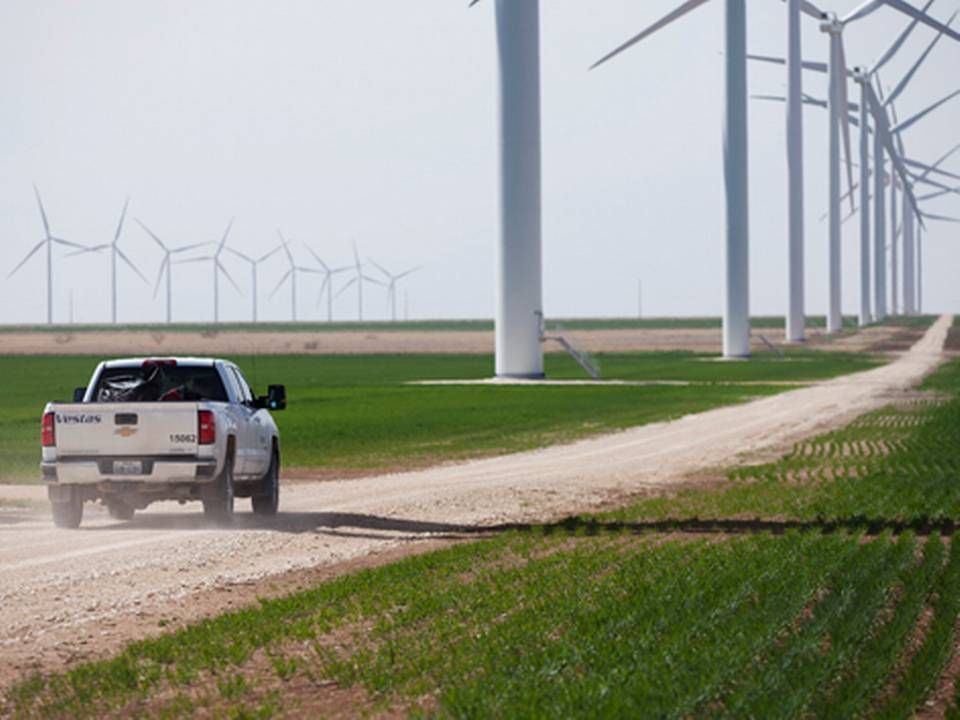Vestas wants Denmark to dial up climate ambitions

Danish policy on renewable energy used to be divided between those, who referring to the economy found that there was insufficient funding for installing more wind turbines, and those who believed that the country could not afford to stop wind power development, citing to climate change.
But this debate seems to be changing. Last week, the Danish Wind Industry Association (DWIA) stated that while turbines from the previous subsidy system would no longer receive state aid in 2025, new turbines at that time would no longer need any subsidies. This math is contingent on the industry's drastic decline in prices continuing, while electricity prices rise.
And the world's biggest turbine manufacturer believes this will indeed be the case. Vestas is therefore calling on Denmark to reassess the situation and dial up climate ambitions, which currently aim for half of the country's energy consumption in 2030 to be covered by renewable energy.
"We're entering a new phase in the green transition. We're rapidly headed towards subsidy-free wind power, and wind is the cheapest energy source in several places around the world already. This means that we will compete purely on market conditions and that the market will increasingly promote growth in renewable energy. This is incentive for a discussion about raising the target to 60 percent," says Vestas' Group Senior Vice President for Marketing, Communications, and Public Affairs, Morten Dyrholm.
The facets of a new deal
Denmark's Minister for Energy, Utilities and Climate, Lars Christian Lilleholt, has so far flat-out rejected an increase of the targets. But it is no coincidence that Vestas is making political statements right now. The Danish government is expected to launch its proposal for an energy deal soon, and this deal will set the tone for the next decade. Meanwhile, it will be a complicated ordeal reaching agreement on the proposal.
While there is significance in deciding the size of the country's future renewables development, it is not the only matter to discuss. Nor is it necessarily the most important. The agreement proposal must also touch upon how to design tariffs and a well-working electricity grid with a rising amount of fluctuating power sources as well as electrification of more than just the energy supply.
"In a Danish context, more focus should be put on the demand side and on connecting green power to the rest of the energy system. Of course, this will first be the transportation and heating sectors. I can already imagine a target for electrification ahead of 2030," says Dyrholm.
And at first glance, it is not really that complicated. The country's electric hearting tariff was already eased last year to make it more attractive to have more electric heat pumps in district heating. And while the number sold over recent years in Denmark has not been extremely high, electric vehicles are near the top of the global political agenda.
Hybrid solutions
But the aim is not for Denmark to try and beat China when it comes to making electric cars, says the SVP for communications. It goes deeper than that.
"I mean batteries and integrating different technologies with system batteries. Looking at combinations of solar, wind and system batteries and finding new solutions for hybrid systems. Flexible mechanisms which make electricity in the transport sector more smooth. New system options in the grid which can enable electrification of society," he says.
"There are many layers in electrification. I think Denmark would win a lot from setting some targets."
The entire question of hybrid solutions is one that Vestas has already begun to tackle. Previously this was a more veiled investigation. It became completely public last year, which was reflected in the move from the "pure wind" slogan to a declaration of wanting to be a leader in renewable energy more broadly.
This has resulted so far in some Australian orders, mainly based on utilizing the grid connection better by using wind and solar power together. But despite the large, yet not concrete, potential of system solutions, it is still taking place mostly at an experimental level.
Experimenting
And experiments constitute something that Vestas wants politicians to support more of. Not in the traditional sense with support for areas to test new turbines. The firm is hoping for tests that can show how local communities can function not just with half of their electricity covered by renewables, as certain communities are doing now, but where all power comes from these technologies.
"We've been bent on wind turbine test spaces. But I think that we have to reach a higher and more creative level when it comes to tests and pilot projects. Such as doing system tests of 100 percent fossil-free areas, where demand is involved so you can start playing with all kinds of opportunities," he says.
And the question is what these tests will contribute. The vast majority of the wind turbine manufacturer's employees are employed outside of Denmark, either for geographical or payroll expense reasons. When Vestas opened a new design center last year focusing on hybrids, this took place in Portugal.
"We're already testing hybrid systems in Denmark at a smaller scale. But if we can do something interesting with the energy agreement for full-scale system testing and 100 percent fossil-free areas with hybrid solutions as the core, then this is an investment we would make in Denmark," says Dyrholm, although he admits that system solutions would not necessarily bring a flood of manufacturing jobs to the country.
"Not in the short term, no. But when we're thinking 2030, it's important to start thinking about new elements, even though the core product for Vestas is and will continue to be wind turbines."
Still about turbines
This does not all mean that Vestas has turned away from wind turbines when it comes to affecting policy in Denmark. The higher electricity prices that are needed to make turbines subsidy-free will not least come from increased power consumption in the electricity sector and other sectors. The data centers slated to be constructed in Denmark by Apple and Facebook are expected to increase electricity consumption in the country by one tenth.
As such, there will be a need for more renewable energy to maintain the targets. Not least if the target is raised to 60 percent.
"One prerequisite for achieving subsidy-free wind turbines is continued stable volumes in Denmark. We can't just sit and wait for this to happen. We see a country market with annual volumes of 250 MW by 2030, including repowering of course," says Dyrholm.
This area has also seen a change. With an average age of around 20 years, many turbines with kilowatt capacity around the country are taking up the best wind locations. For this reason, the Danish manufacturer imagines a fast-track system for current replacement projects by 2030, while municipalities should be rewarded by approving repowering projects.
The power of cities
The importance of municipal support became a key element in Denmark last year. While the financial argument against installing new wind projects seems to crumble in the question of whether or not the country can afford wind, opposition against wind turbines has not died down in recent years. Instead, the opposition is more about private financial concerns and aesthetics.
The latter is one reason why offshore wind farms are often selected instead. But this cannot constitute the entire solution for the next decade, says Vestas.
"You have to keep in mind that around 95 percent of the global wind market is on land. It's very nice to be a leader at sea, and we must do everything in our power to maintain that lead. But don't forget that the majority of Danish exports in wind go to onshore technology, and to keep the leading position, we need to continue to have a domestic market or the whole supply chain will disappear."
English Edit: Gretchen Deverell Pedersen
Vestas ranked as world's biggest wind turbine supplier in 2017
Related articles
Vestas pockets Italian auction order
For subscribers
Vestas lands US turbine order
For subscribers




















.jpg&w=384&q=75)




